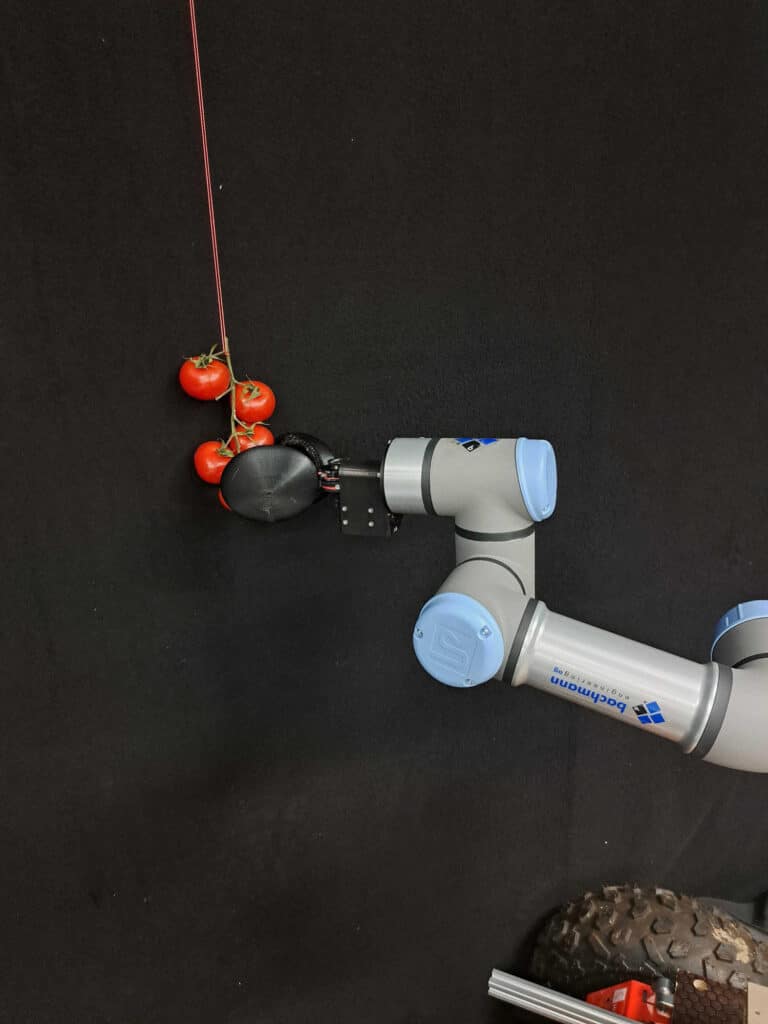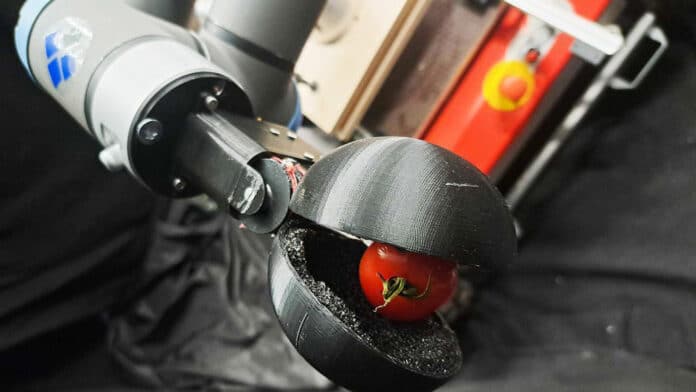Large language models (LLMs), or neural networks, have recently gained attention for their potential to revolutionize how humans write, study, and even create art. One such LLM is Chat-GPT. Researchers from EPFL have now used the approach in a brand-new industry: robotic design. Through this, LLM will fundamentally change the robotics landscape by providing robots with the unprecedented capability to understand and analyze natural language.
Francesco Stella, a Ph.D. student at EPFL, Cosimo Della Santina of TU Delft, and Josie Hughes, head of the Computational Robot Design & Fabrication Lab at the School of Engineering, created a functional robotic tomato harvester using ChatGPT. The researchers explain the advantages and disadvantages of using artificial intelligence (AI) tools in robotics based on their experience, arguing that this “could change the way we design robots while enriching and simplifying the process.”
To establish the goal, design criteria, and specifications for their robot, the researchers and LLM initially engaged in an “ideation” debate. The robot was then implemented in the real world during a further step that entailed optimizing the LLM-generated code, building it, and troubleshooting its operation.

The researchers began at a high conceptual level and identified robotic crop harvesting as a potential answer. They then used the LLM’s access to worldwide data from academic journals, technical manuals, novels, and media to respond to questions like “What features should a robot harvester have?” with the “most probable” response.
In addition to assigning Chat-GPT the role of ‘inventor,’ the researchers outlined other possible human-LLM collaboration modes in their paper. For example, ‘collaborative exploration’ uses AI to augment researchers’ expertise by contributing wide-ranging knowledge beyond their own fields.
Hughes says, “In our study, Chat-GPT identified tomatoes as the crop ‘most worth’ pursuing a robotic harvester. However, this may be biased towards crops that are more covered in literature, as opposed to those with a real need. When decisions are made outside the scope of knowledge of the engineer, this can lead to significant ethical, engineering, or factual errors.”
Journal Reference:
- Stella, F., Della Santina, C. & Hughes, J. How can LLMs transform the robotic design process? Nat Mach Intell (2023). DOI: 10.1038/s42256-023-00669-7
